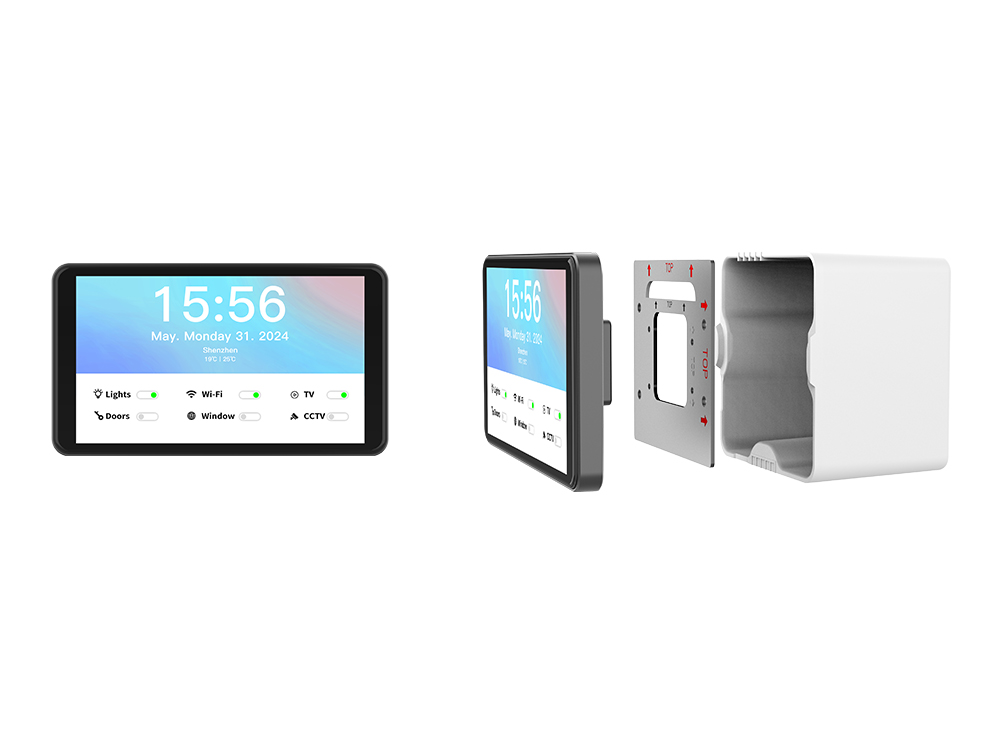-
-
Products
Resolving heat dissipation issues in Power over Ethernet (POE) devices is crucial to ensure the stable operation of the equipment. Heat-related problems can lead to overheating, reduced performance, and even damage to the devices. Here are some methods to address heat dissipation issues in POE devices:
Select Appropriate Enclosure and Heat-Dissipating Materials: When designing POE devices, it's crucial to choose suitable enclosure materials and heat-dissipating materials. The enclosure should have heat-dissipating features, such as heat sinks or ventilation holes, to facilitate heat dissipation. Heat-conductive materials like thermal paste and aluminum heat sinks can help in heat conduction and dispersion.
Optimize Internal Component Layout: When designing the layout of internal components in POE devices, ensure that air can flow freely for effective heat dissipation. Avoid overcrowded or cramped component layouts to allow proper airflow.
Use Fans and Heatsinks: Adding fans and heatsinks to POE devices can enhance heat dissipation efficiency. Fans can accelerate airflow, while heatsinks increase surface area for heat dissipation. These components should be selected and designed based on the device's power consumption and heat dissipation needs.
Temperature Sensors and Automatic Control: Equipping POE devices with temperature sensors and automatic control systems can monitor the device's temperature and adjust fan speeds or other heat dissipation methods as needed. This helps provide additional heat dissipation capacity when required while saving energy.
Avoid Overstacking: Avoid stacking multiple POE devices on top of each other, as this can restrict airflow and lead to heat dissipation issues. Provide sufficient spacing for each device to ensure effective heat dissipation.
Environmental Control: Maintain suitable temperature and humidity levels in the environment where POE devices are placed. High temperatures and humidity can lead to inadequate heat dissipation, so measures should be taken to regulate environmental conditions.
Regular Maintenance: Periodically clean the heat dissipation components of the device, such as heatsinks and fans, to remove dust and debris. This helps maintain optimal heat dissipation performance.
Choose Low-Power Devices: If heat dissipation becomes a significant issue, consider selecting POE devices with lower power consumption to reduce heat generation.
Additional Passive Heat Dissipation: In some cases, consider mounting the devices on heat racks, heat plates, or heat bases to provide additional passive heat dissipation.
In conclusion, addressing heat dissipation issues in POE devices requires a holistic approach that considers device design, environmental conditions, and heat dissipation methods. Through proper design and maintenance, you can ensure that POE devices operate at stable temperatures, improving their performance and longevity.
Pretech offers comprehensive POE wall mount tablet solutions, highly customizable to meet various industry needs, helping customers achieve higher efficiency and convenience.
